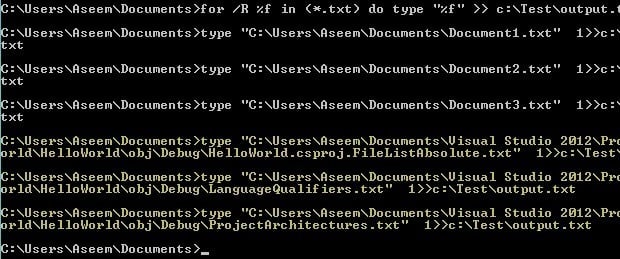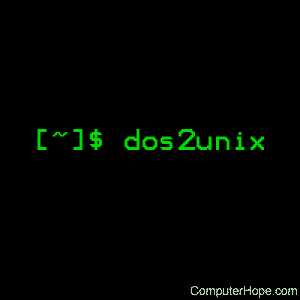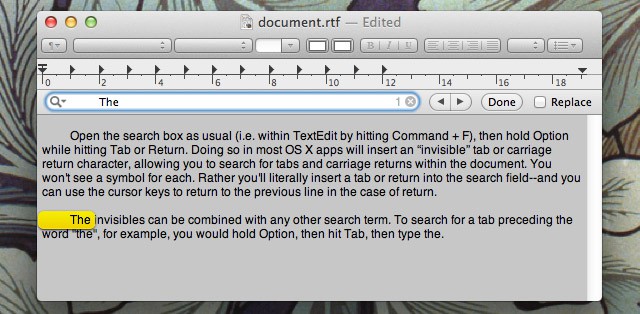

- #CARRIAGE RETURN ON MAC TEXT FILE SEARCH MAC OS#
- #CARRIAGE RETURN ON MAC TEXT FILE SEARCH CODE#
- #CARRIAGE RETURN ON MAC TEXT FILE SEARCH DOWNLOAD#
- #CARRIAGE RETURN ON MAC TEXT FILE SEARCH WINDOWS#
We would need to use both of these statements since we want remove every possibility that the LF/CF are removed and it is going to work in all the OS’s.
#CARRIAGE RETURN ON MAC TEXT FILE SEARCH WINDOWS#
Windows operating system uses both the characters together to interpret as new line, which is ‘\r\n’ and Mac only understands ‘\r’ as new line, while Unix and Linux understand ‘\n’ as new line character. I never used a n character generating the text file - awk did all the newlines.

But here, the problem is somewhat different. Ive read that n on a Mac stands for newline AND character return whereas Windows treats them separately, necessitating nr.
#CARRIAGE RETURN ON MAC TEXT FILE SEARCH MAC OS#
This actually dates back to the two axes of motion for typewriters, but we won’t go into that much detail. I understand that Windows and Mac OS treat end of line characters differently. Line Feed – LF – \n – 0x0a – 10 (decimal)Ĭarriage Return – CR – \r – 0x0D – 13 (decimal)Īs different operating systems have a different way of understanding new line, we have two different new line characters. NIX > Mac: tr 'n' 'r' macfile > nixfile // translate newlines into carriage returns. Mac > NIX: tr 'r' 'n' macfile > nixfile // translate carriage returns into newlines.
#CARRIAGE RETURN ON MAC TEXT FILE SEARCH CODE#

To convert a file created on a Windows system to Linux, use dos2unix: dos2unix file
#CARRIAGE RETURN ON MAC TEXT FILE SEARCH DOWNLOAD#
They're called Dos2Unix and Unix2Dos.Īlthough these utilities are common on many Linux installations, if they aren't installed on your system, you can download them using the default package manager. You might try to run a script and the interpreter might throw an error because it's expecting lines to end differently.įortunately, there are a couple of utilities that let you convert line endings in files between formats. Most of the time, text editors are smart enough to be able to detect files created on different systems and adjust the display accordingly, but you may still run into problems occasionally. Convert the carriage returns to commas with SUBSTITUTE (A1,CHAR (10),',') Copy the result of above and paste special Value into another cell.

Windows inherited the MS-DOS convention of counting a newline and a carriage return as one line, while Linux, in turn, carried the Unix tradition of just counting newlines as, well, new lines. Mac Excel 2011 - Text to Column - Carriage Return as delimiter.Command-line interfaces carried on this convention of interpreting newlines. This dates back to the days when computers used teletype machines for input and output, which were effectively automatic typewriters.Ī newline, also called a linefeed, advances the paper one line, and carriage return moves to the beginning of the line. One difference between Windows and Linux that might make exchanging files difficult is the way they count line endings. Fortunately, this is easy to fix with a couple of utilities: Dos2Unix and Unix2Dos. Have you ever sent a text file created on a Linux system to someone and have them complain that it looked wrong on macOS or Windows? That may be because these systems handle line endings differently.


 0 kommentar(er)
0 kommentar(er)
